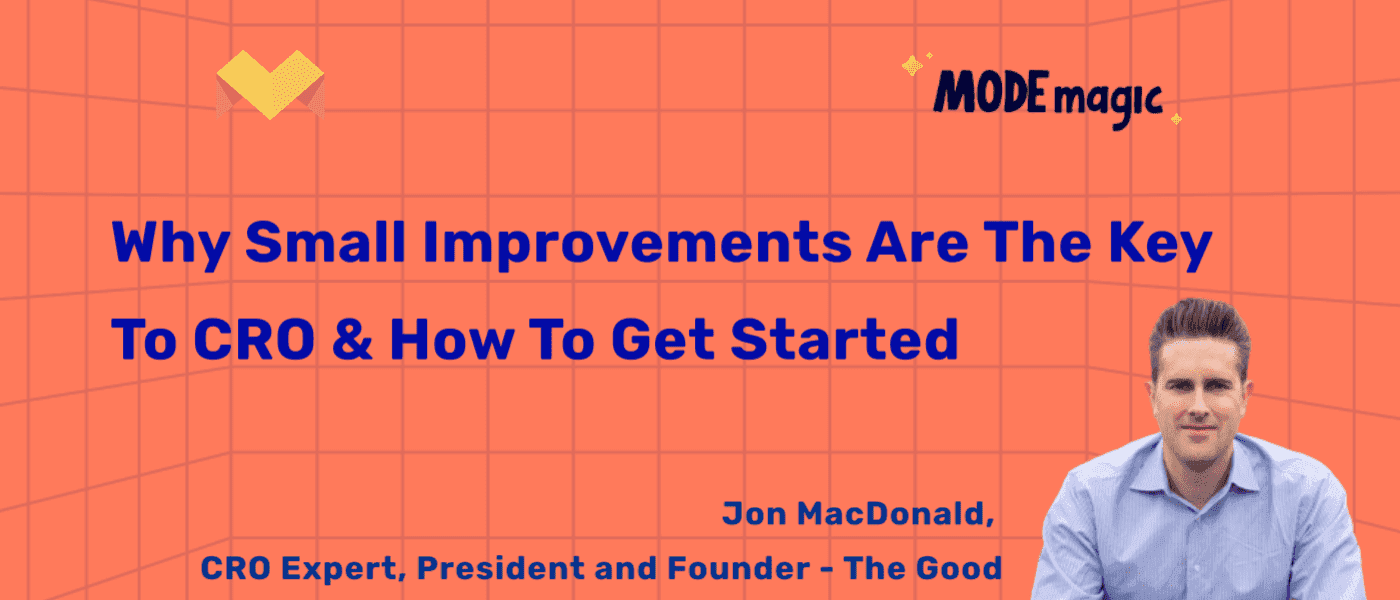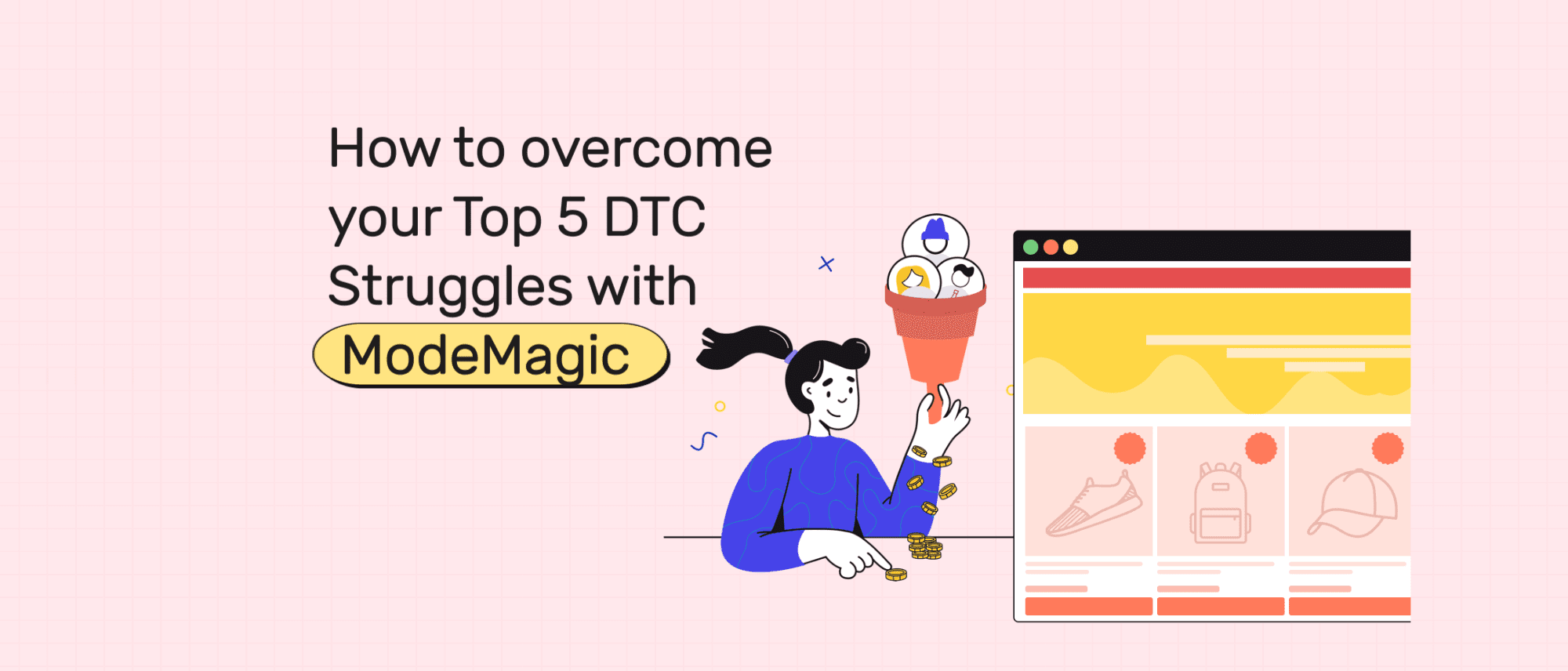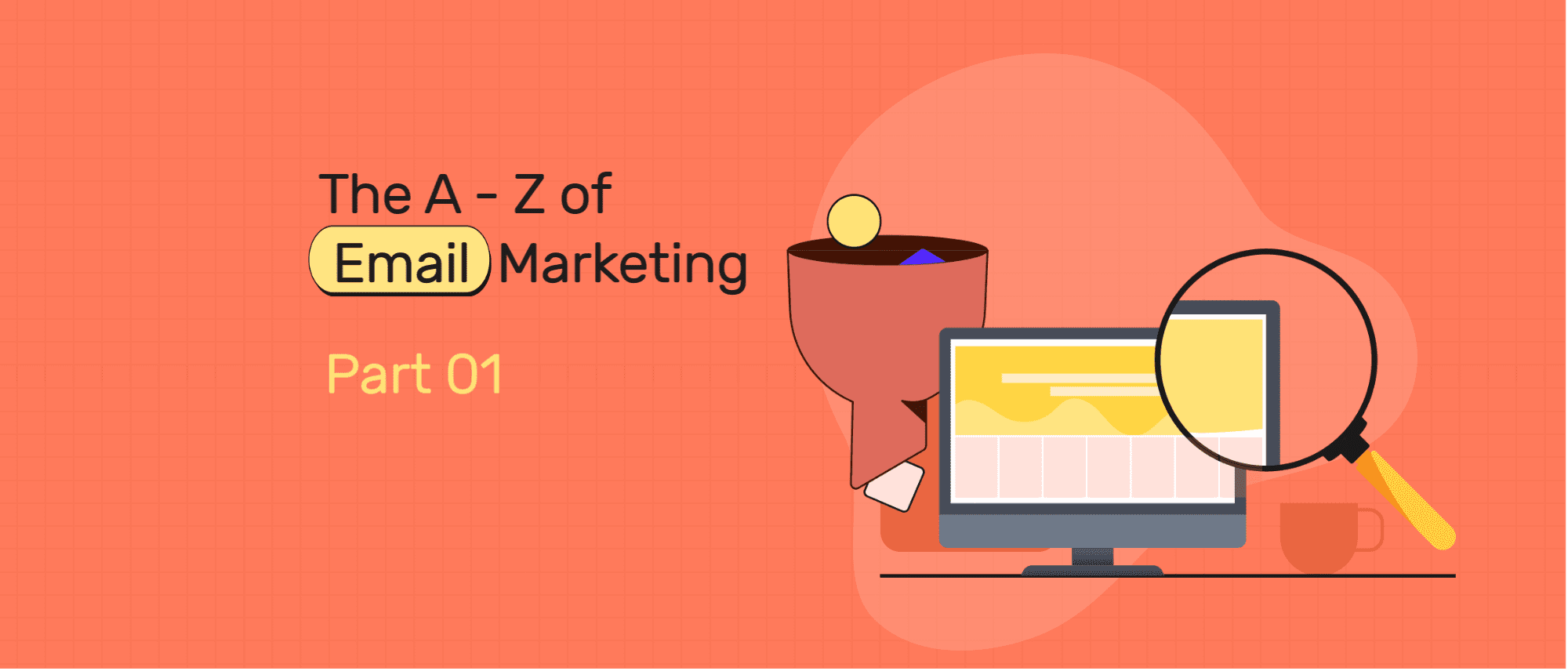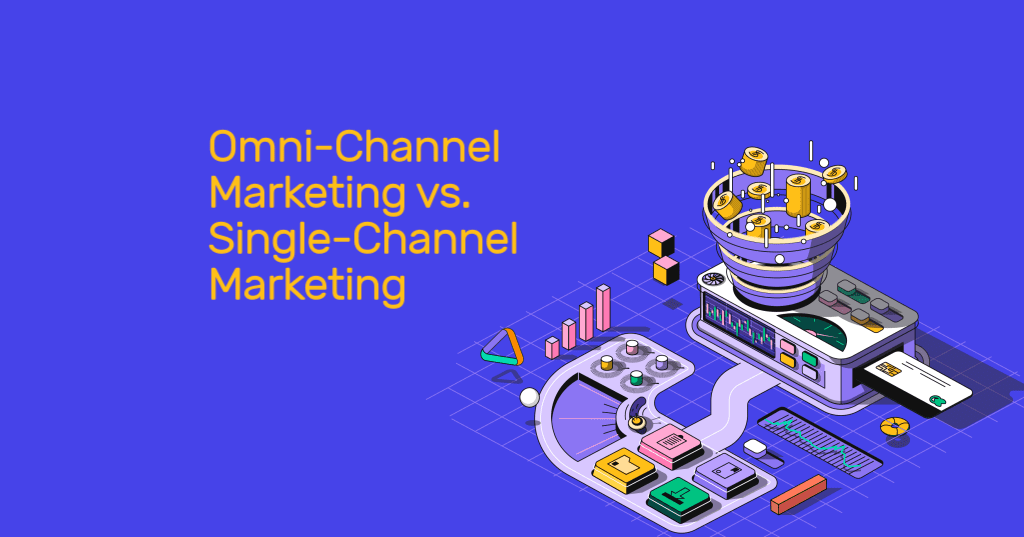Your marketing won.
You’re driving traffic to your website and customers are ready to make a purchase from you, but for some reason your conversion rate is low.
So, what’s next on your to-do list?
Many brands jump straight to a redesign, but more often than not, that’s an expensive mistake.
Instead, it’s time to serve the visitor’s needs. It’s time to stop marketing and start selling.
I know that it’s easier said than done, but that’s why in this article I’m diving into how you can focus on small website changes that convert more visitors into buyers.
Answering the question once and for all: Do you need a redesign or optimization?
Let’s tackle the elephant in the room: Do you need a redesign or should you start with optimization?
Most of the time, you don’t need a redesign, you need optimization.
There are of course certain scenarios when a redesign makes sense. These are a few:
- When you rebrand: Rebranding your company will require a website redesign to match your new logo, colors, and messaging.
- When your target market changes: If you’ve noticed a change in your best customers or you want to attract a new market segment, a website redesign can help you appeal to those people.
- When your tech stack is holding you back: Technology is changing all the time and it’s easy to fall behind in just a few short months. If your tech stack is holding you back from making sales or implementing new improvements, it might be time for a website redesign that incorporates updated software and all the latest offerings.
If you aren’t in one of those three scenarios, then you probably don’t need a redesign.
Improve 10% of your site for a 90% increase in performance
There is a famous linguist, George Kingsley Zipf, who proposed a theory that focusing on 10% of something can improve the other 90%.
According to this law, you can improve 90% of your site performance by improving the online experience of just 10% of the site. Finding those drop off points on a few pages can transform the user experience and increase conversions.
On most sites, there are a few pages that contribute the majority of the revenue.
While site redesigns impact everything, they often end up contributing very little to sales and conversions despite you having spent a ton of time on it.
Instead, Zipf’s law suggests that you pick out and fix your top product landing pages and make them better rather than trying to do everything at once with an entire site redesign.
So, where should you get started with making small improvements?
How to get started with CRO: Talk to your customers!
I always say it’s really hard to read the label from inside the jar. That’s why you need to dive into data and user testing, identify areas for optimization, test ideas, and iterate. The best way to get started with CRO is simple…
Talk to your customers!
Start with the customers who just purchased, and ask questions like:
- Why did you purchase?
- What questions did you have along the journey?
- What concerns didn’t get addressed?
At the same time, run a retargeting ad for people who didn’t purchase:
- Ask people to fill out a survey
- Offer a free gift or some sort of incentive (not a discount!)
- Try to understand why they dropped off
Once you do this, you will understand why your customers aren’t buying and have a clearer path forward for how to improve your website and business.
Auditing and improving your homepage
Most brands are going to want to make iterative improvements using a top down approach. Testing on high traffic pages means your investment/effort makes a bigger difference.
Start with the top of the funnel, which usually means the homepage. We recommend this because most brands don’t have enough traffic to focus on the bottom of the funnel right out of the gate.
Get 1% better today by improving your homepage
As mentioned, your homepage is probably the area where you stand to gain the most by making incremental, but important improvements.
On your homepage, you have two goals: help users research your products or services, and help them easily navigate to purchase the one that’s right for them.
If you make those as simple as possible, your conversion rate will increase, you’ll bring in more revenue, and customer satisfaction will improve. Everybody wins.
How do you do this? We like to focus a CRO homepage audit on four key areas:
1. First impressions
We like to start a CRO audit on the homepage by conducting a “5-Second Test.” Ask a user tester to navigate to your site, and when they land, give them just 5 seconds to look at it. Can they understand within the first five seconds exactly what you do and who is a good fit for your products?
2. Navigation
Ultimately, you want your navigation to be clear, concise, easy to use, and, most importantly, oriented around your customer’s natural preferences for browsing your product catalog. Typically, we recommend you keep it to 5 items or less.
3. Hero section
Marketing teams love to fight for this real-estate… and for good reason. Our research using eye-tracking heatmaps shows that the hero headline and CTA get the most attention from your website visitors. Instead of featuring something seasonal, consider a more evergreen headline and supporting imagery that clearly communicates who you are, your value proposition, and the breadth of your product offerings.
4. Footer
You want to make sure that you have a section in your footer for product navigation. Consider also adding utility links, company links, and a contact information section. This is an easy way to build trust with your customers. If you list out your physical address, phone number, and email, they know you are a real brand. It seems straightforward, but you’d be surprised at how often it’s missing from a site.
Next steps: Improve your category page and product page, as you implement the laws of conversion optimization
Once you’ve audited and improved your homepage, take a look at the next top traffic pages of the site.
Where will small tests make a big difference?
Typically you can identify a few key categories or product pages to improve next.
On these pages, you’re trying to earn the business of the customer, and every decision we make on this page can make the difference between an add-to-cart or a bounce.
Ensure language is customer-focused. Does your website speak to the customers or your staff? I hope that you answer this with “the customers of course!”
Throughout the product page, we recommend you use high-quality images and videos to display the product in use. Images and videos tend to perform better when customers can see the product in action, imagine how it will be used, and see proportions.
Then, take a look through the product page to confirm you’re building trust with your customers through social proof. This is crucial.
Two of the most effective elements of social proof are customer feedback and verified purchases. Whenever possible, include real names, faces, and brands to make it tangible.
Run tests, iterate, and repeat.
Learn more in Opting In To Optimization
As you go through the process of testing and iterating, make sure you always keep the laws of conversion optimization front of mind.
You can learn more about them in my book Opting In To Optimization.
It covers more proven frameworks for accelerating your ecommerce growth and packages more than a decade of knowledge and experience into just a handful of immutable laws that can help you convert more visitors into buyers.





